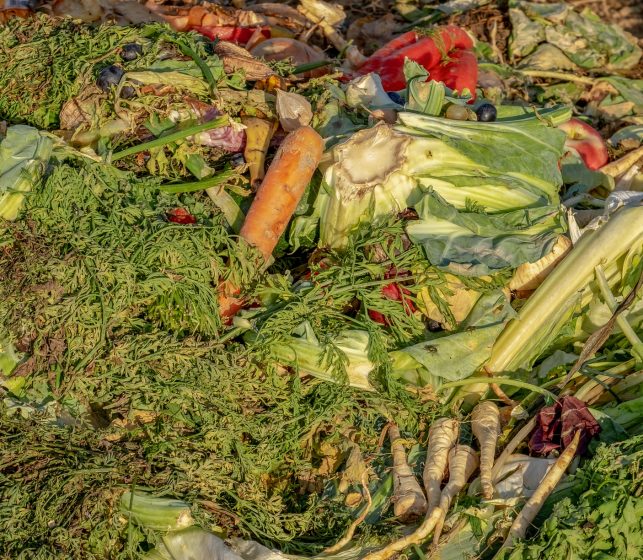
If you’re into organic gardening you probably know by know about compost and how it works wonders to your garden patch. But for a lot of people, creating a compost pile isn’t really at the top of their to-do-list. Someone who isn’t familiar with the process could easily see it as too difficult or time-consuming and decide to settle for the commercially available fertilizers. This would be easier, but definitely not your best option. Once you realize how simple composting really is, you’d be crazy not to give it a shot.
First things first, composting is the process of decomposing organic wastes (household wastes, plant remains, or a mixture of both) and making them into a dark, earthy, and loose or crumbly substance. Because compost is rich in minerals, which most plants need, compost can be made to replace your garden soil.
Most often, however, gardeners use compost to enrich their garden soil. When compost is added the soil, the overall structure of the soil is improved, allowing it to hold more water and letting air circulate within the soil.
Contrary to some of people’s perceptions, compost is quite easy to make and is especially easy to use. There are several methods that can be used when creating compost. The following guide shows how easy it is to create it on your own backyard.
It’s recommended that you acquire your own compost bin; this will help keep everything confined to one place and avoid making a mess of your backyard. Plus, temperature and moisture can be regulated if you construct a compost bin that contains the waste while still allowing to be in contact with the soil. Earthworms and other organic microbes will be a huge help in the decomposing process.
Although, almost all organic materials could go into your compost pile, a good combination of ‘greens’ and ‘browns’ would be better. The ‘greens’ refer to nitrogen-rich organic matter like fresh grass, leaves, and scraps from your kitchen. The ‘browns’ refer to organic matter that contains a lot of carbon, such as those dried leaves on your backyard, straw, and wood chips or shavings. A good combination of greens and browns can dictate how fast your compost will be ready for use.
A good starting point for your compost pile is a ratio of 25% browns and 1% greens. You can mess around with the proportions a bit to find what works for you, but take note: if too much of your pile is made up of browns, the compost will decompose rather slowly. On the other hand, having too much ‘greens’ on the pile could cause some serious smell.
Other elements that you should always consider when making compost are the air and the amount of water your pile will need. Your pile should be properly aerated and relatively damp; this will help in the decomposing process. If you observe that not enough or no air is coming in, just turn over your pile. No matter what you decide to do, keep an eye out and check up on it every once in a while until you can harvest the fruits of your labors.

